Embarking on my first trekking adventure was both exciting and challenging. I had no one to learn from but a deep desire to explore the mountain peaks, witness breathtaking views, and discover places untouched by civilization. Although I made mistakes due to my inexperience, I learned valuable lessons that I wish to share with fellow adventurers. Here are five essential tips I wish someone had told me when I started trekking.
1 – Choose a Suitable Backpack
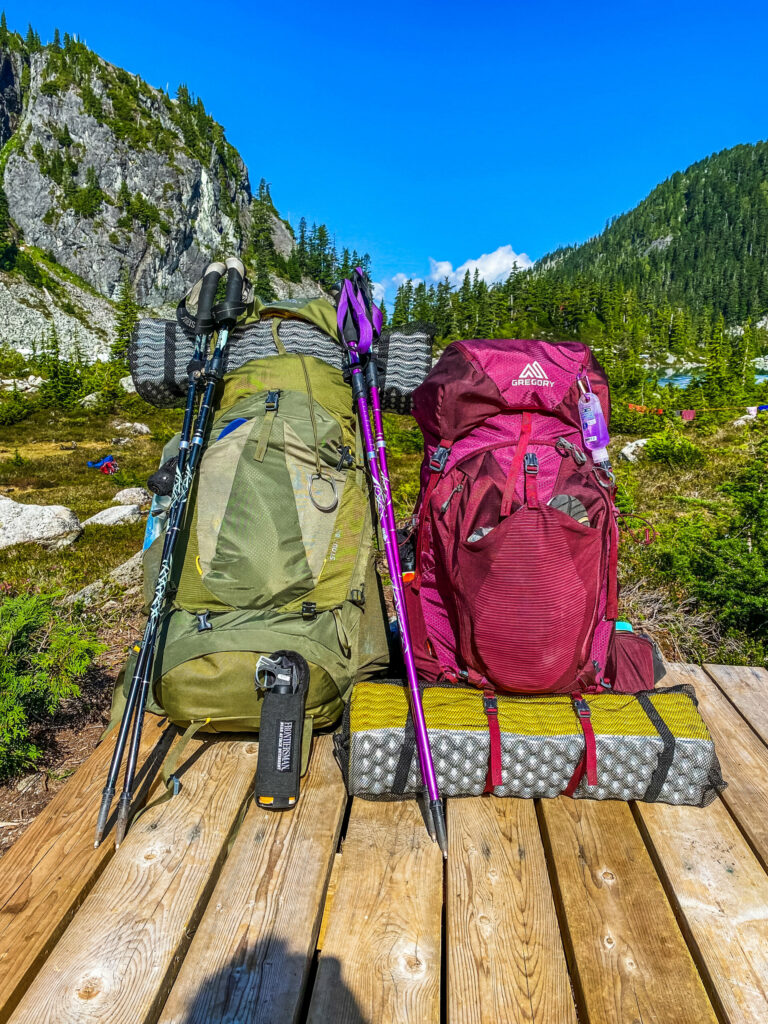
Your backpack is the most critical piece of equipment for any trekking trip. It’s where you’ll store all your gear and supplies, so it’s essential to choose a backpack that fits well and is comfortable to carry. When I started trekking, I thought the biggest backpack would be the best, but that was a mistake. Instead, opt for a 50 to 65-liter cargo backpack, specifically designed for your gender and body type. Women’s backpacks for example, are designed to fit your body better, making your trekking experience more comfortable. Make sure to pay attention to the details, material, pockets, compartments, and adjustments, and test the backpack with the weight you’ll be carrying on the trail. I personally recommend the Gregory Deva 60 backpack, while my partner uses the Gregory Stout 60 backpack.
Our trekking backpacks
As I said, both Bruno and I use Gregory backpacks. Whereas mine is the Gregory model deva 60 and Bruno’s is the Gregory Stout 60.
We used the backpacks during our 4 day backpacking in Cathedral Provincial Park, Watersprite Lake and we are about to go on our big 9 day expedition along the Sunshine Coast Trail.
We particularly love our backpacks. The features that the Gregory Deva 60 backpack includes are:
• A3 suspension with angle adjustment according to body geometry;
• triangle-shaped aluminum wire frame, specific for women to channel the load in the central and lumbar regions of the back;
• removable foam lumbar support that allows you to customize the contour of the lumbar region;
• lower sleeping bag compartment with removable inner divider;
• Double-angled water bottle pocket for easy access;
• Compartment to store the water bag that turns into a day-hike backpack;
• waterproof side pocket;
• weighs 2.05kg.
Below is a very cool video to learn a little more about the backpack.
The features of the Gregory Stout 60 backpack are:
• lightweight, adjustable, breathable VersaFit suspension;
• lightweight, adjustable, breathable VersaFit suspension;
• adjustable shoulder straps that allow you to customize the pack to the length of your torso;
• Chest adjustment that slides up or down with a whistle built into the buckle;
• access over and under the rucksack;
• Expandable stretch mesh pocket on the front;
• 2 zippered waist pockets to keep small items close at hand;
• Bottom compression straps that reduce bulk or secure extra gear.
Likewise, watch the video below to get to know the backpack:
2 – Pack Light

When it comes to trekking, every gram of weight matters. When I first started trekking, I tended to overpack. To avoid carrying unnecessary weight, create a checklist of essential items, prioritize lightweight equipment, and plan the most efficient types of food to bring along. Remember, there’s no right formula for packing, and it’s all about striking a balance between comfort and weight. Invest in equipment that works for you and enhances your trekking experience.
3 – Sleep comfortably is possible while camping
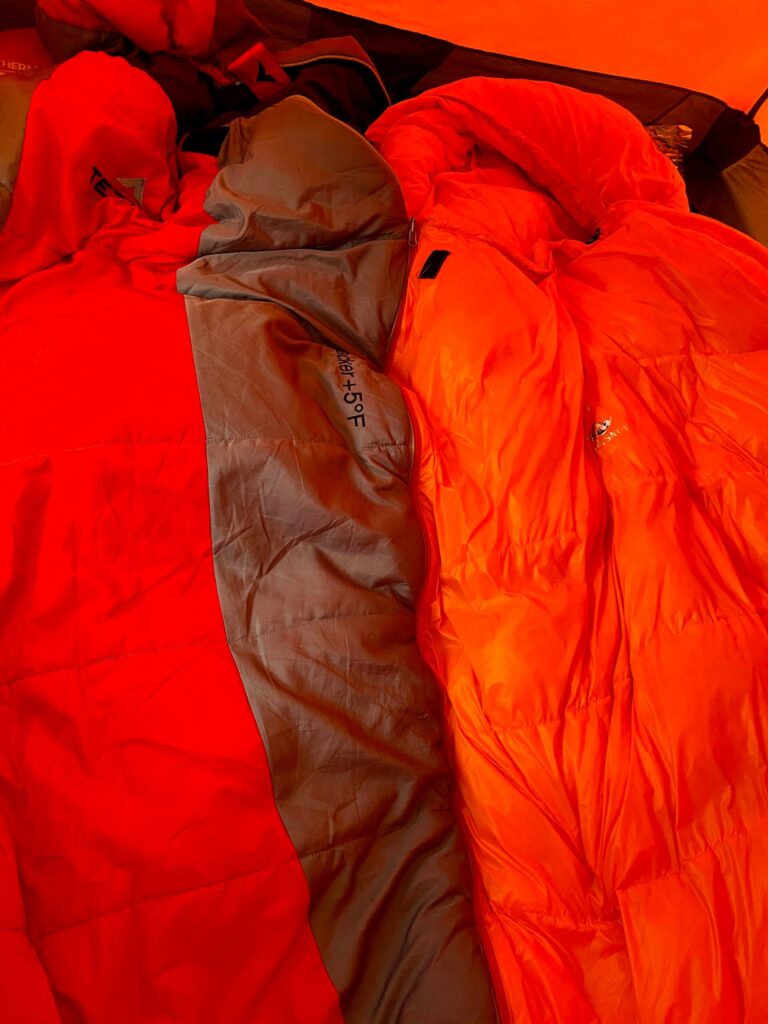
At first, like many others, I thought that camping meant sacrificing comfort for adventure. However, I soon discovered that investing in a good quality sleeping bag can make all the difference. The gear that changed the quality of my sleep at camp was undoubtedly a goose-down sleeping bag. With a down sleeping bag, you’ll stay warm and cozy, even on the coldest of nights.
So, my recommendation is that you invest in a down sleeping bag. It may seem like an expensive investment, but it’s worth every penny. Not only will you sleep better, but you’ll also be able to enjoy your camping experience more fully.
4 – The trekking pole is your best friend
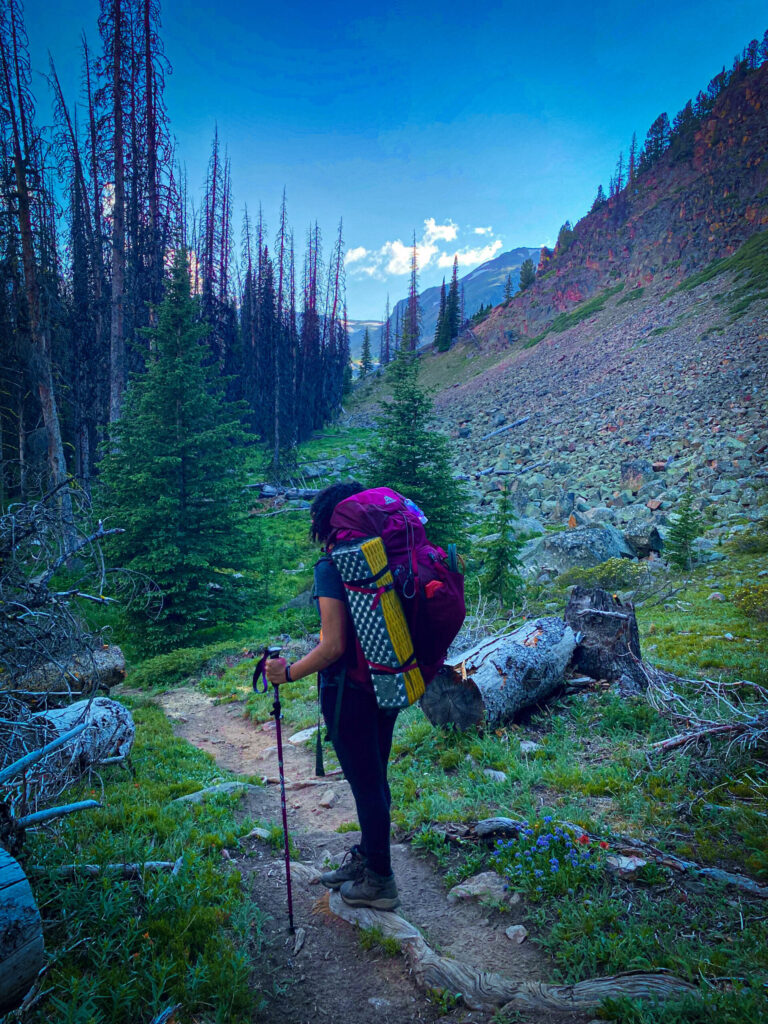
Many people underestimate the value of this tool, but it can make a huge difference in your trekking experience. The benefits of using a trekking pole include better balance, reduced effort on climbs, increased safety, and the ability to check soil stability before proceeding. A trekking pole can also help reduce pressure on your knees and other joints, and it transfers part of the effort to your shoulders, back, and arms, reducing leg fatigue.
It is crucial to know how to use the trekking pole correctly. The pole should be at elbow height on flat ground, leaving your forearm at a 90° angle. When going up, the pole should be a little shorter, and when going down, it should be a little longer. Therefore, it is essential to choose a trekking pole with height adjustment.
5 – Don’t wear cotton, have a merino base layer and a down jacket at all times
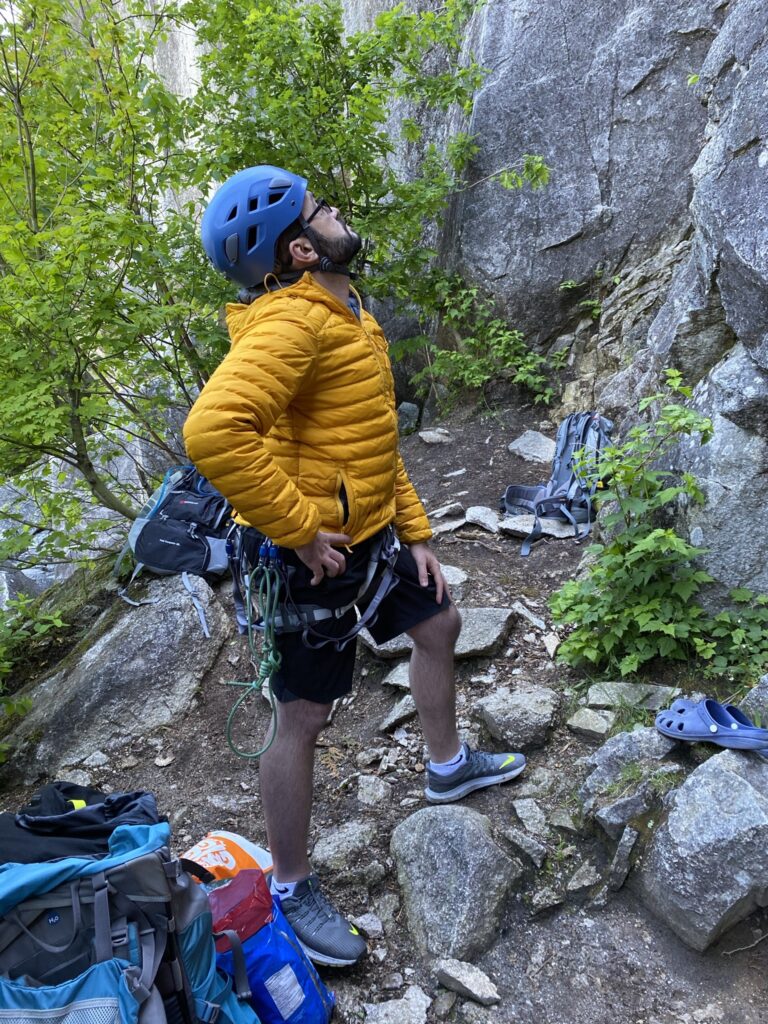
Clothing is another critical aspect of trekking. Many beginners make the mistake of wearing cotton clothes, which are not suitable for trekking. Cotton clothes absorb moisture, take a long time to dry, and steal body heat, which can be dangerous in cold weather. Instead, it is best to wear clothes made of synthetic materials that allow sweat to evaporate better and dry faster.
A merino wool base layer is also crucial for any trekking practitioner. Merino wool is a natural fibre produced by Merino sheep, which adapts perfectly to cold and hot climates. It is breathable, moisture-wicking, and odour-resistant, which means you can wear it for days without worrying about bad smells.
Finally, a goose-down puff jacket is an excellent investment for any trekker. Down jackets are lightweight, compact, and the best at retaining body heat in the cold. A good quality down jacket can significantly improve your comfort level when trekking in cold weather.
Backpacking is a constant learning
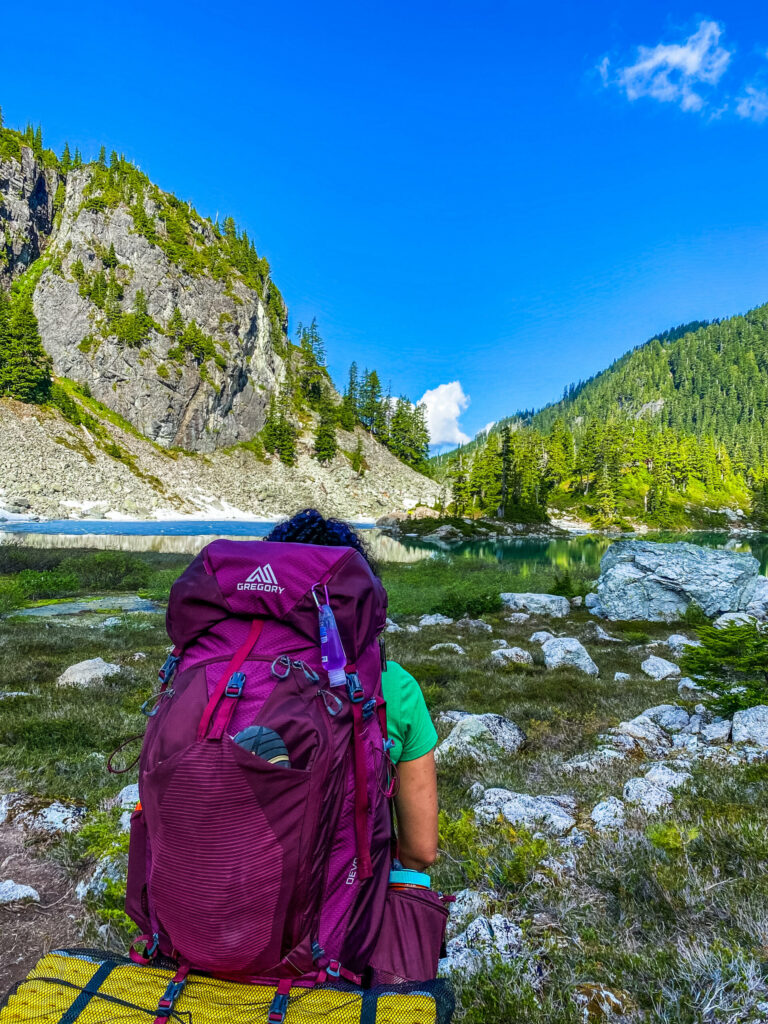
In conclusion, backpacking is a constant learning process. As you embark into the outdoors, you’ll learn from your mistakes as it’s part of the journey. Remember these five tips to ensure a more enjoyable and comfortable experience.
If you’re an experienced hiker, share your advice in the comments below – I’d love to hear your insights.
Enjoy the outdoors!



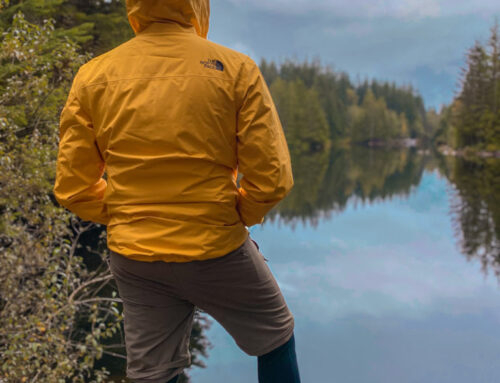

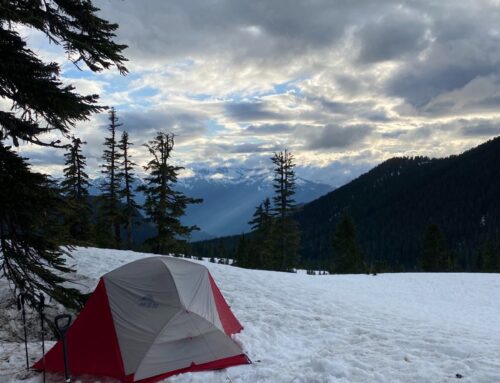
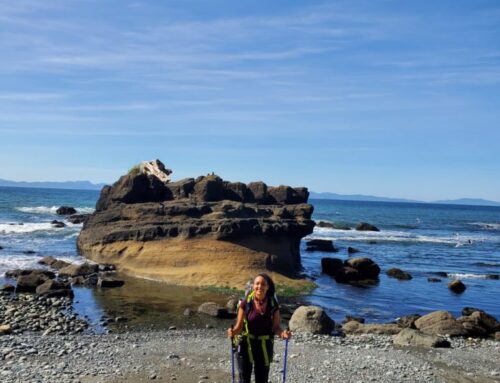
Leave A Comment